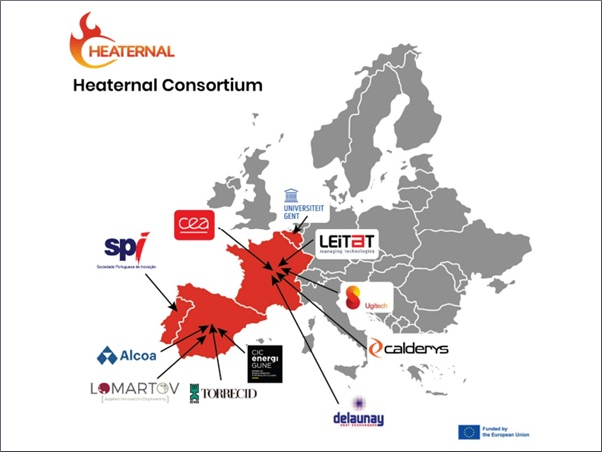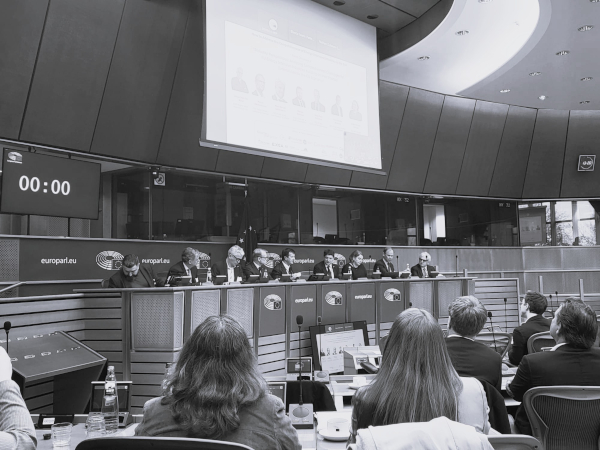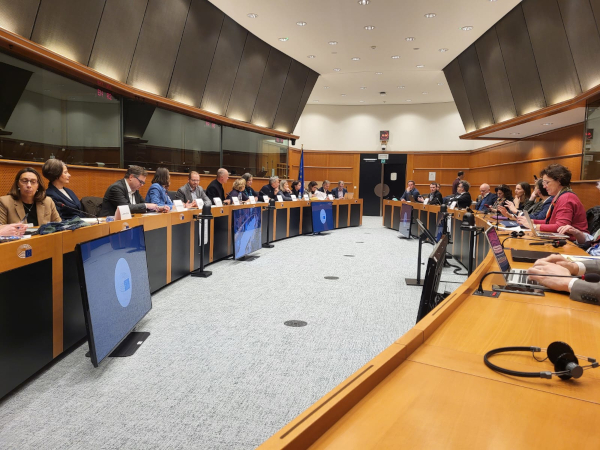Date: 21 May 2012
Most other ENERGY STAR certified products, such as appliances, have incorporated a market verification program, but the window industry version is seen as significantly more complicated and consequently is the last segment to follow suit.
As the recognized Certification Body (CB) for the ENERGY STAR® Windows, Doors and Skylights program, the National Fenestration Rating Council (NFRC) has been tasked to develop and implement an Independent Verification Program (IVP) and to do so in a relatively compressed time frame. This effort focuses on producing the NFRC 713, Independent Verification Program Document, which is scheduled for implementation in January 2013.
During the Western Region 2012 Spring Meeting, Steve Strawn (JELD-WEN) presented an overview of the requirements of the new IVP program, as spelled out in the latest draft of NFRC 713.
The IVP program is designed not only to meet the EPA requirement to verify ENERGY STAR product performance ratings, but also to enhance the NFRC 700 Product Certification Program (PCP) by verifying that products listed in the NFRC Certified Products Directory (CPD) comply with the inspection and validation testing requirements of the NFRC PCP.
Strawn noted that the IVP does not replace the current recertification program, but is intended as an enhancement.
The IVP will involve verifying that the performance ratings of ENERGY STAR qualified and NFRC certified and labeled fenestration products sold in the market agree with the performance ratings listed in the NFRC CPD.
The IVP is implemented per the program steps outlined in the draft NFRC 713:
1. Sample Selection. The EPA will annually nominate up to 50 percent of the ENERGY STAR-qualified products as candidates for selection for verification testing. NFRC will select the remaining 50 percent using a weighted average algorithm based on rating performance and product type. All products listed in NFRC CPD are eligible.
The EPA will consider the following factors to nominate products based on the details in the EPA document Conditions and Criteria for Recognition of Certification Bodies for the ENERGY STAR® Program:
- Product classes from ENERGY STAR partners for which previous models failed verification testing
- Referrals from third parties such as consumers, consumer groups or regulatory agencies regarding the accuracy of ratings
- Models that the EPA determines have high sales volumes
A minimum of 10 percent of ENERGY STAR-qualified product lines is selected for verification testing each year. NFRC staff will work with the EPA at the beginning of each year to determine the number of product lines for EPA verification. After a simulator creates the computer model using Department of Energy software, the simulator has to pick one window from the product line for physical testing and that window will verify all performance numbers.
Since the IVP is also an enhancement of the NFRC PCP, NFRC will also select additional product lines not associated with the ENERGY STAR program. The number of products selected for this purpose is yet to be determined.
From among those nominated, products are selected for verification testing based on a statistical weighted average using data from the CPD. The selection algorithm utilizes the energy performance rating and other characteristics and applies a statistical weighting factor to product characteristics such as:
- Previous unsuccessful IVP tests
- IVP prior selection within the past four months
- Successful IVP testing within the past eight months
- Operator type
- ENERGY STAR qualified products
- Product lines that have participated in IVP testing within the past 12 months
- Weighted average scale based on energy performance rating within the CPD
2. Sample acquisition and testing. Once the specific products have been selected, NFRC procures physical samples through available market outlets such as distributors, retailers, etc., in a blind and/or anonymous manner. NFRC is responsible for the costs to purchase, ship and test the initial product for testing.
To verify ENERGY STAR performance ratings, NFRC will verify the tested value versus the ENERGY STAR performance rating based upon the climate zone(s) for which the product is qualified.
To verify NFRC certified ratings, the tested values are verified versus those reported on the NFRC label/CAR value.
Verification testing consists of either a destructive or non-destructive test performed at the NFRC-accredited laboratory. The selection algorithm generally determines the test method(s) used.
For non-destructive testing, the NFRC 102 thermal test method is generally used. A failure occurs if the test result submitted by the laboratory versus the expected certified rating value is outside the tolerances listed in Section 4 of the NFRC 713. For example, the tolerance for U-factor is ± 0.03.
Destructive testing consists of cutting up the specimen and verifying that the frame, sash and glazing components are manufactured as authorized for certification.
- The frame and sash profiles and the spacer configuration will be verified against the tolerances and dimensions on detailed drawings provided by NFRC.
- Other glazing components such as overall IG size, pane and gap thicknesses, gas concentration level, low emissivity presence and surface location(s) will be reported by the laboratory. The gas concentration within the IG will be verified in destructive tests only for argon-filled products. Exotic gases or blends will not be verified for now.
3. Acting on the test results. For ENERGY STAR-rated products, NFRC submits a test failure report to the EPA within two days of determining any failure. The manufacturer is subject to compliance action (which can include de-listing) per the EPA Disqualification Procedures document, which can be found on the ENERGY STAR website. The manufacturer may be required to test additional products, validate product lines, as well as take additional actions as listed in Section 5 of the NFRC 713.
For all manufacturers participating in the NFRC PCP, NFRC will forward a Notice of Compliance Action to the manufacturer of the product that fails testing. This letter will provide details explaining the results of the unsuccessful test and the compliance actions the manufacturer must perform to remain within the NFRC certification program. This can range from additional testing requirements to suspension, depending on the situation. However, failure judgments can be appealed per the process outlined in NFRC 713.
A beta version of the IVP Program was initiated as a pilot program in November 2011. It consists of four phases, each involving three months of purchasing and testing products and one month of analysis, at which time NFRC may choose to modify some IVP processes. Phase II began in March 2012 and is currently in progress. Phase III begins approximately July 2012 and Phase IV begins approximately November 2012
After analyzing the results of the pilot program, any final changes will be made to NFRC 713 and implementation will occur in January 2013.







Add new comment